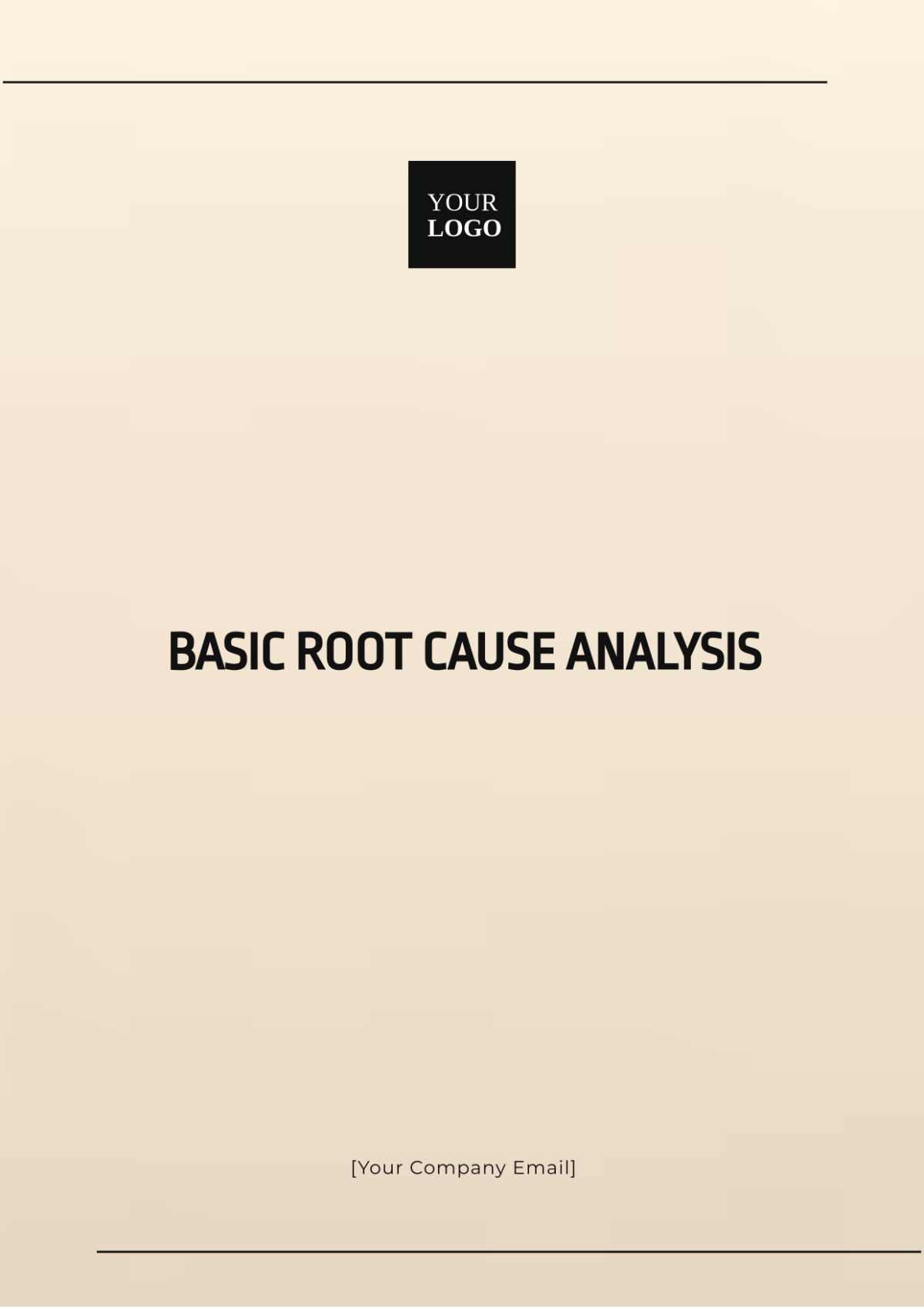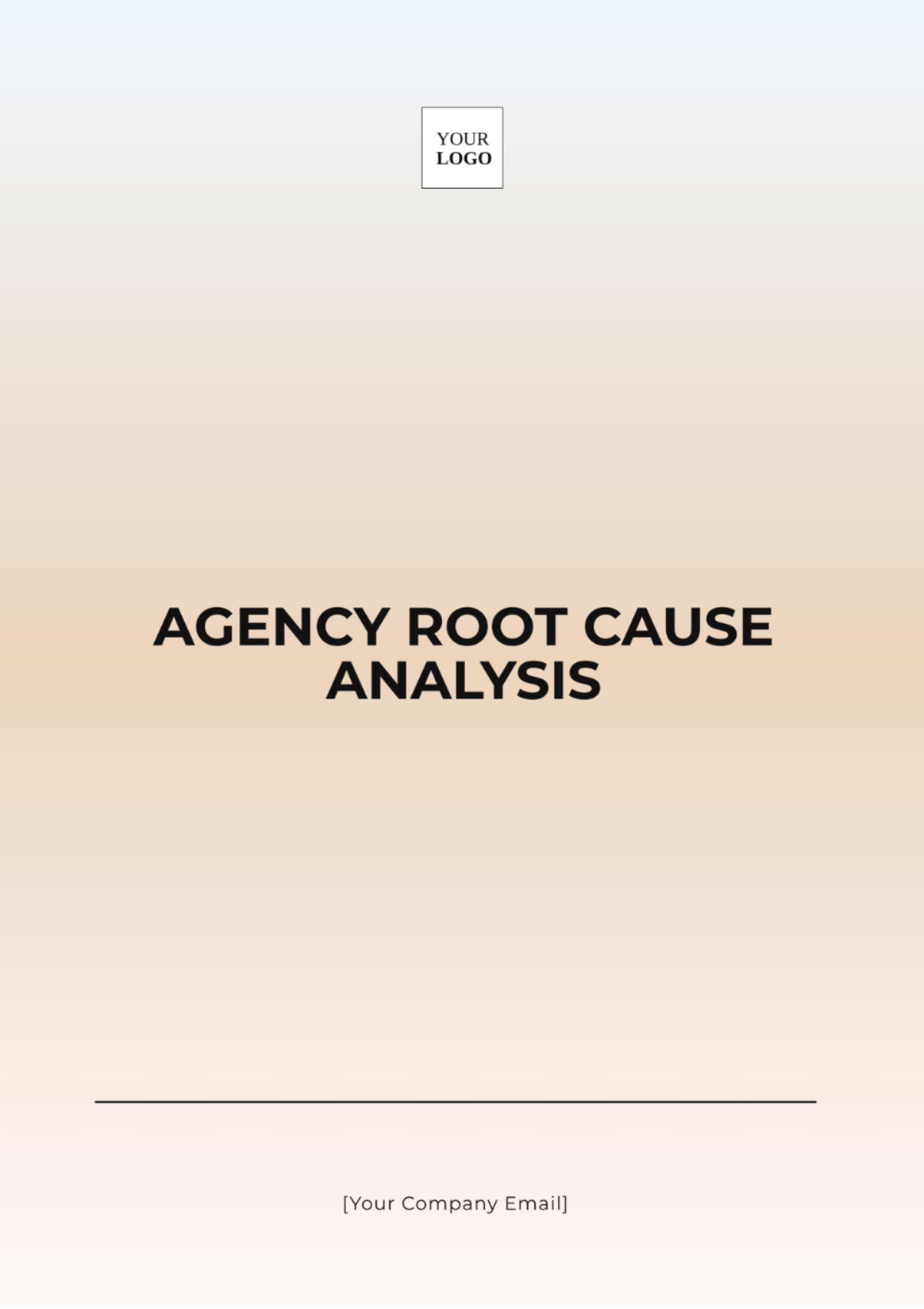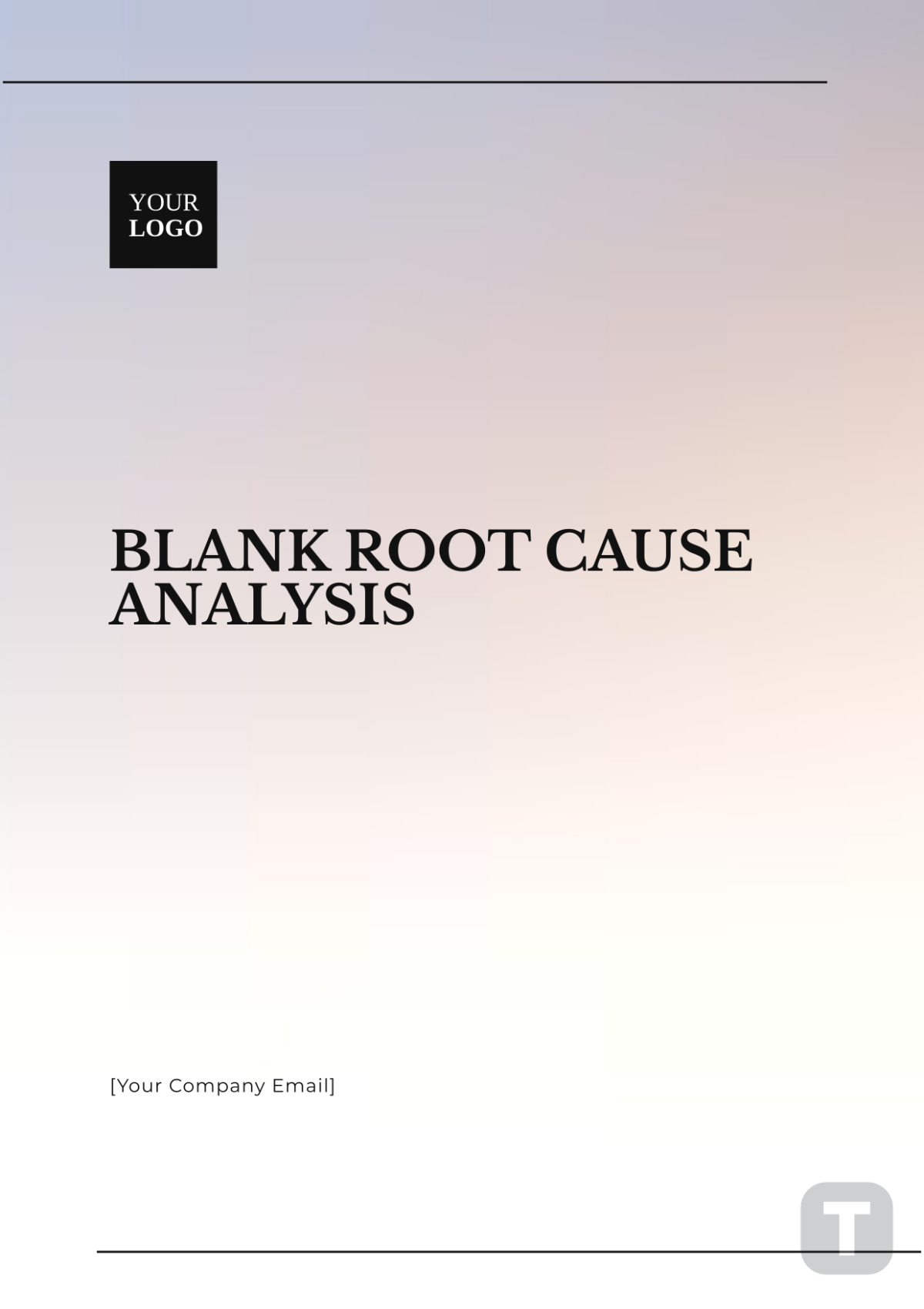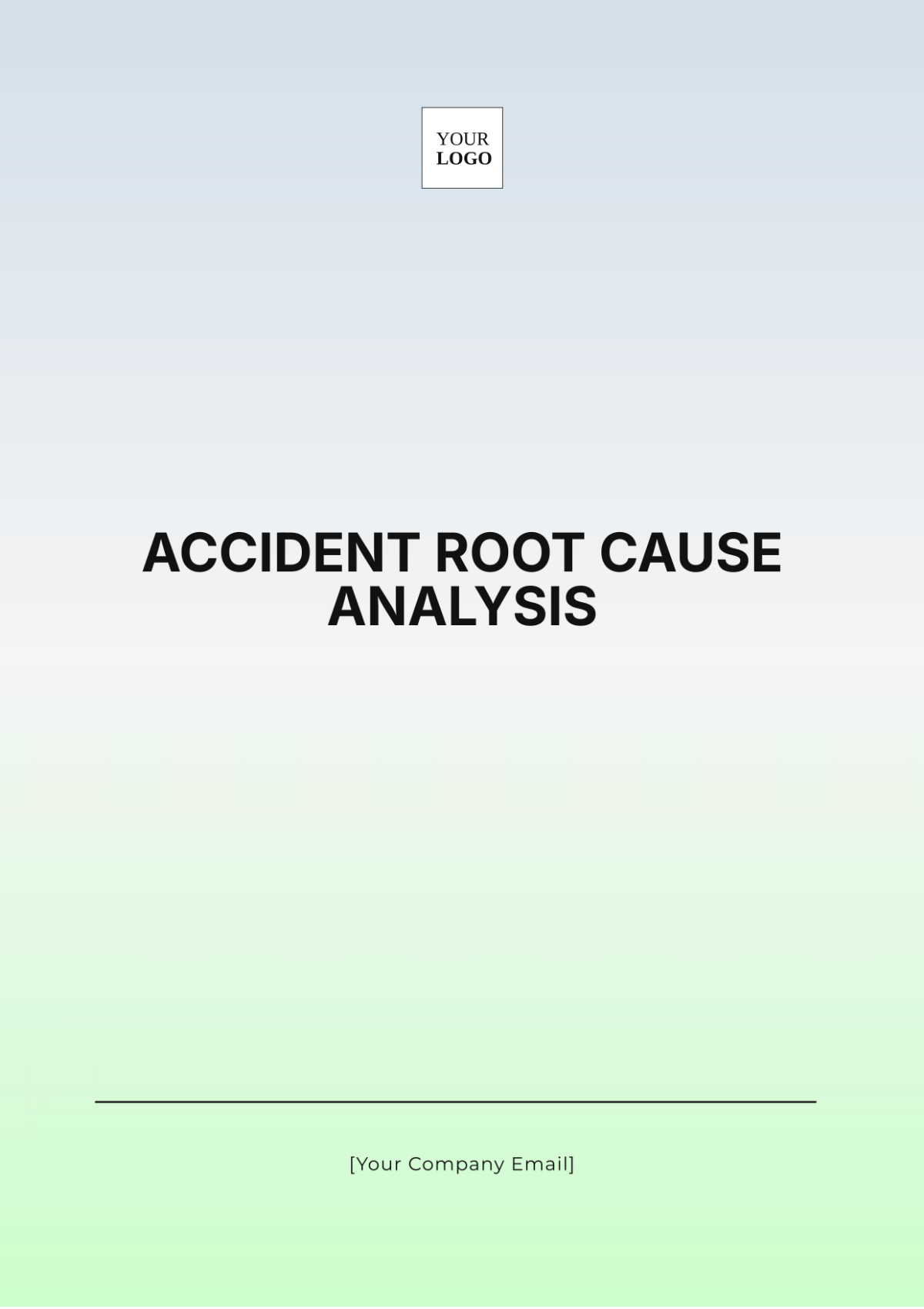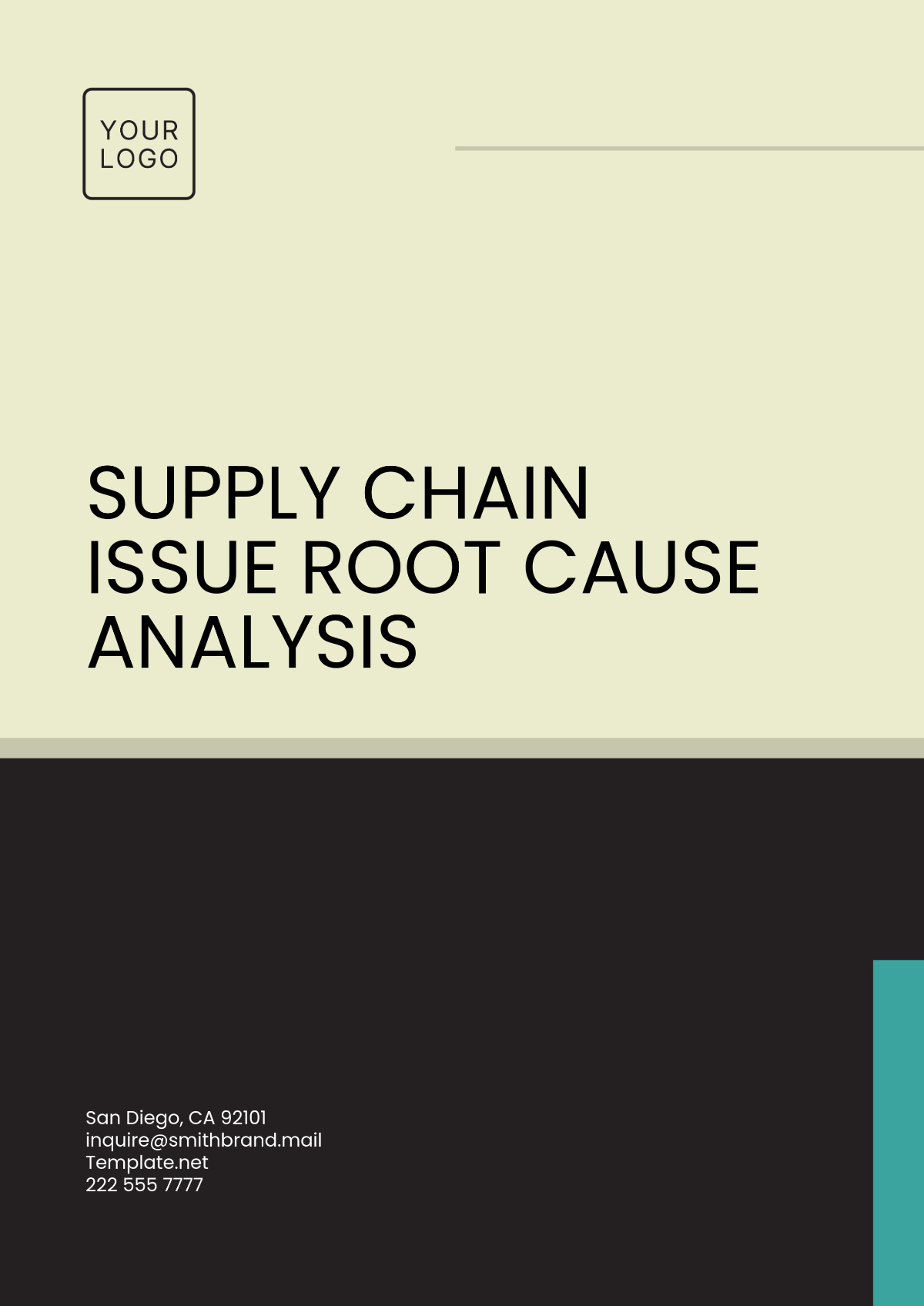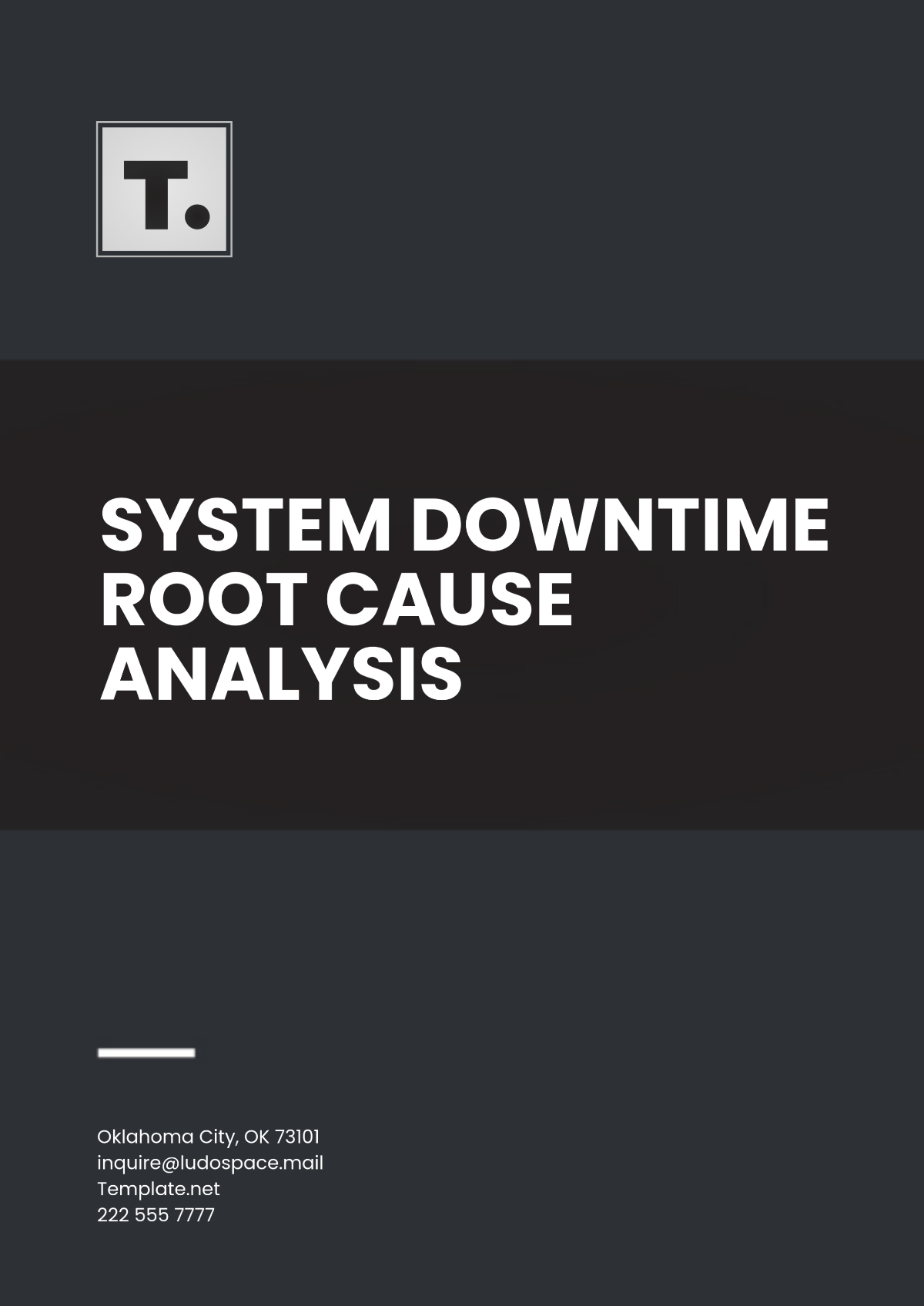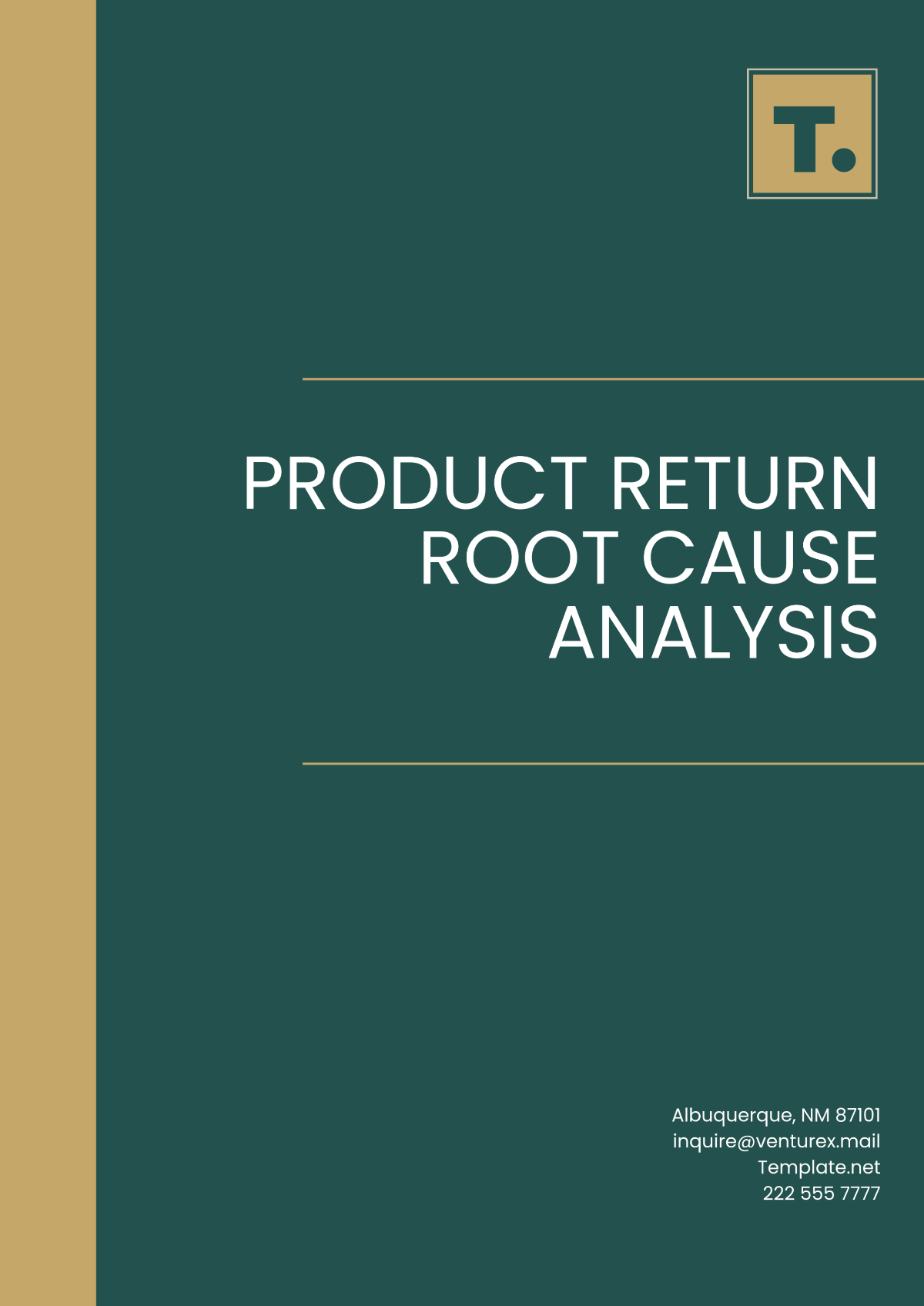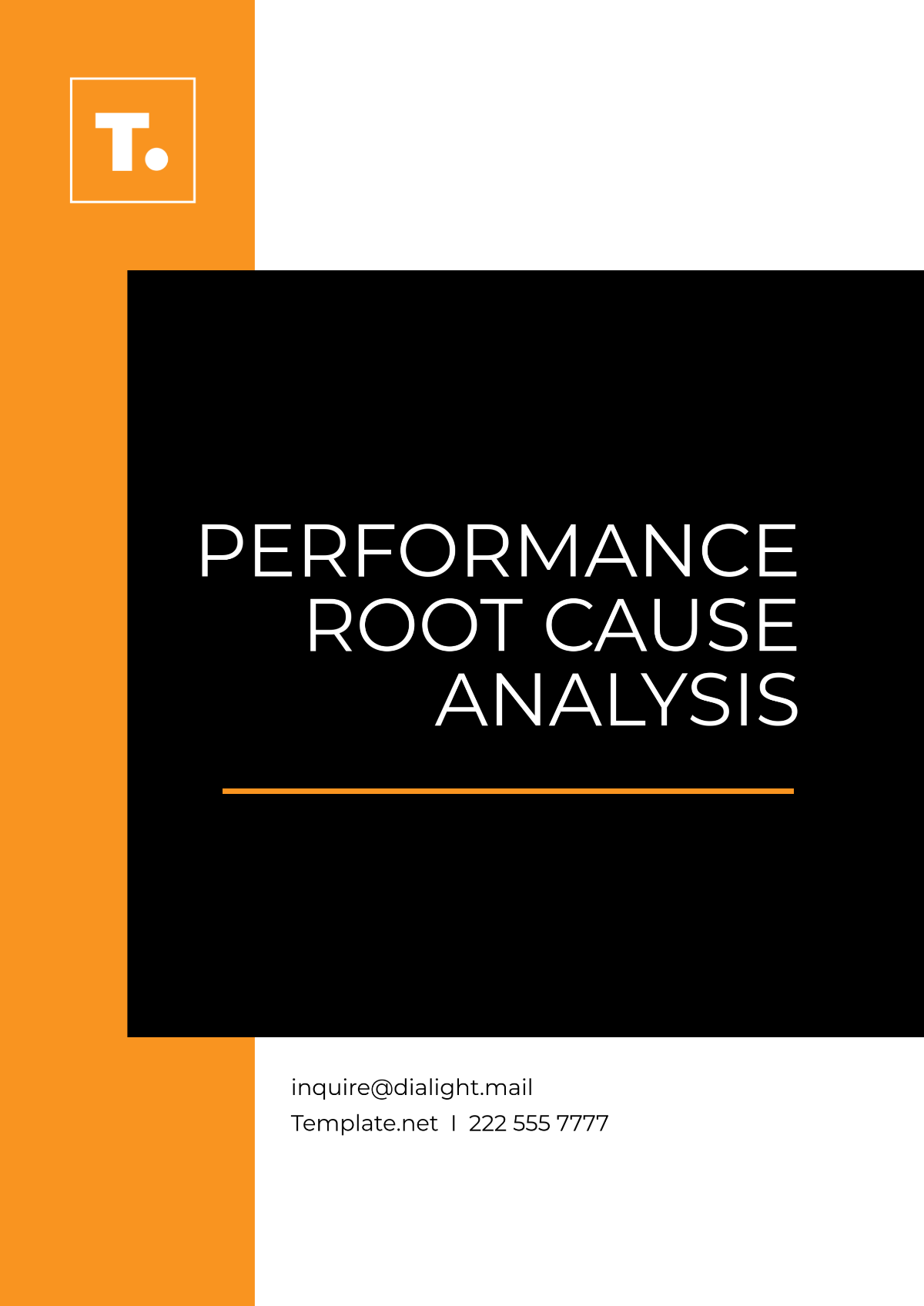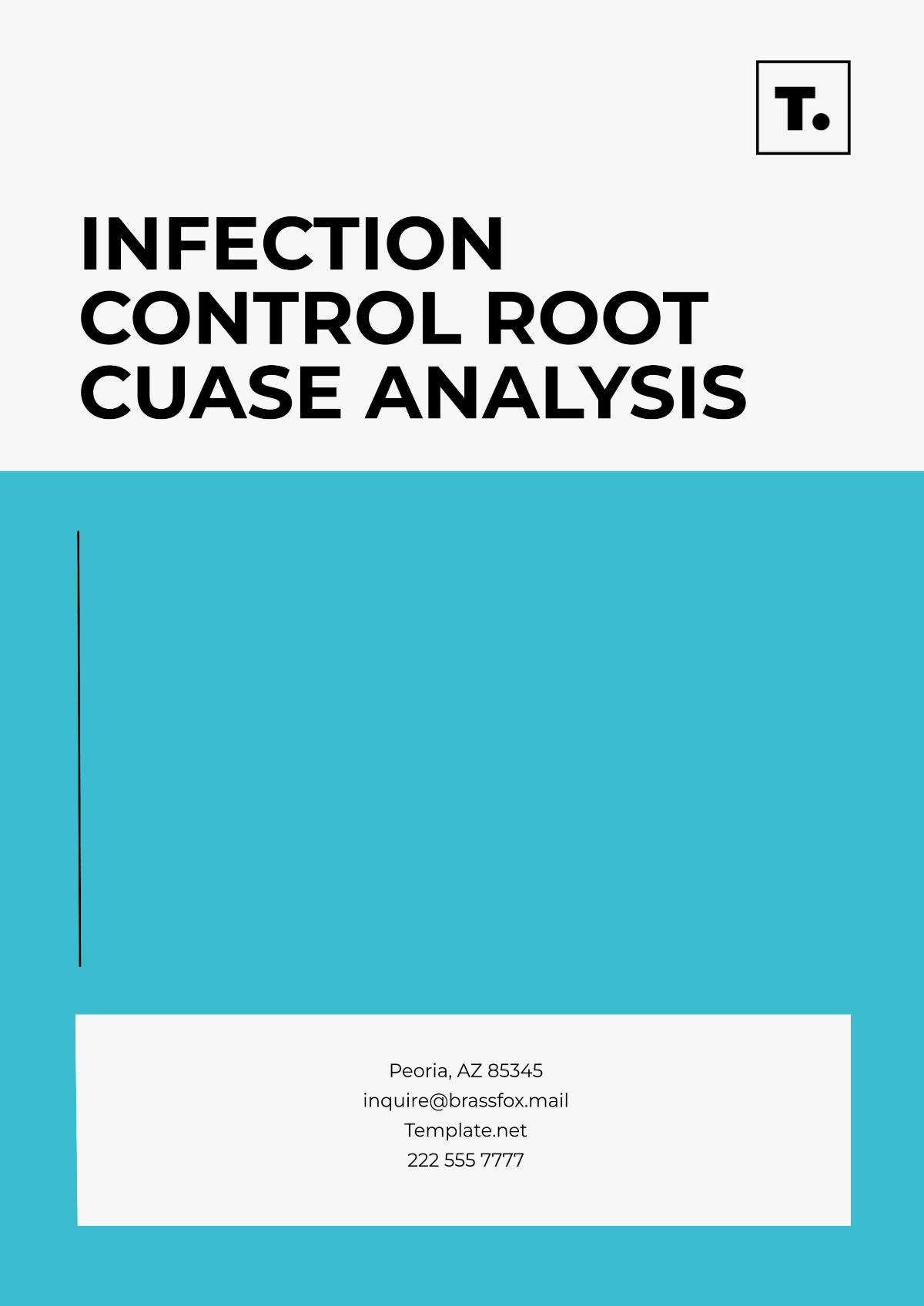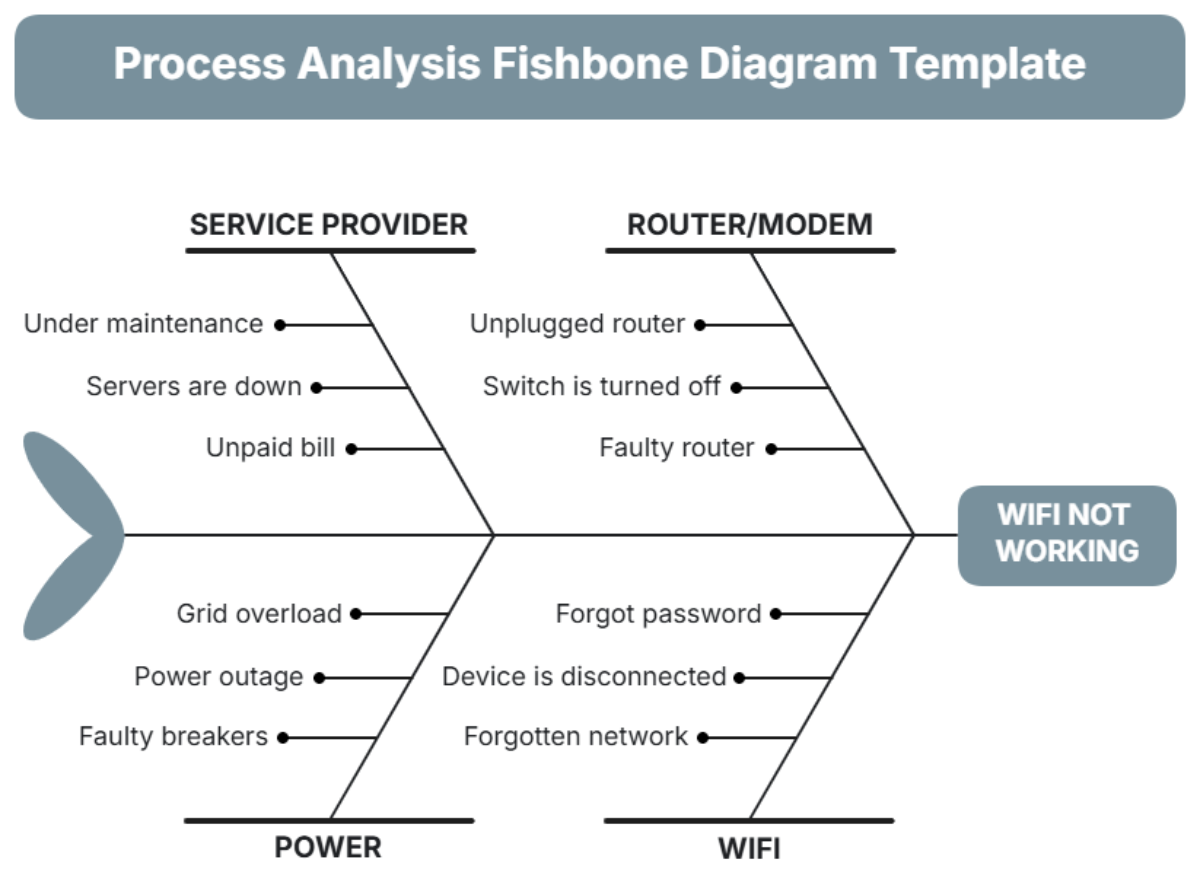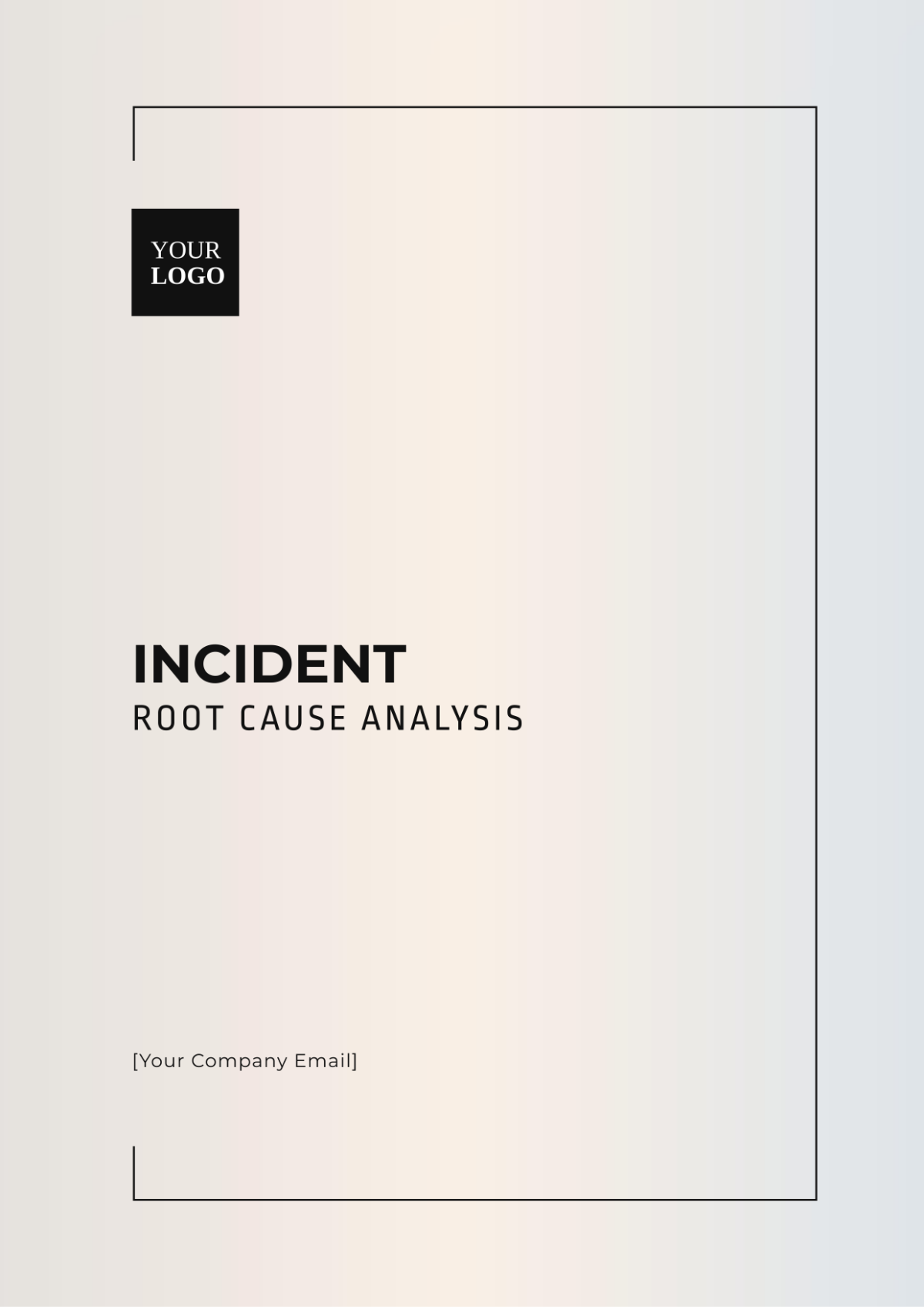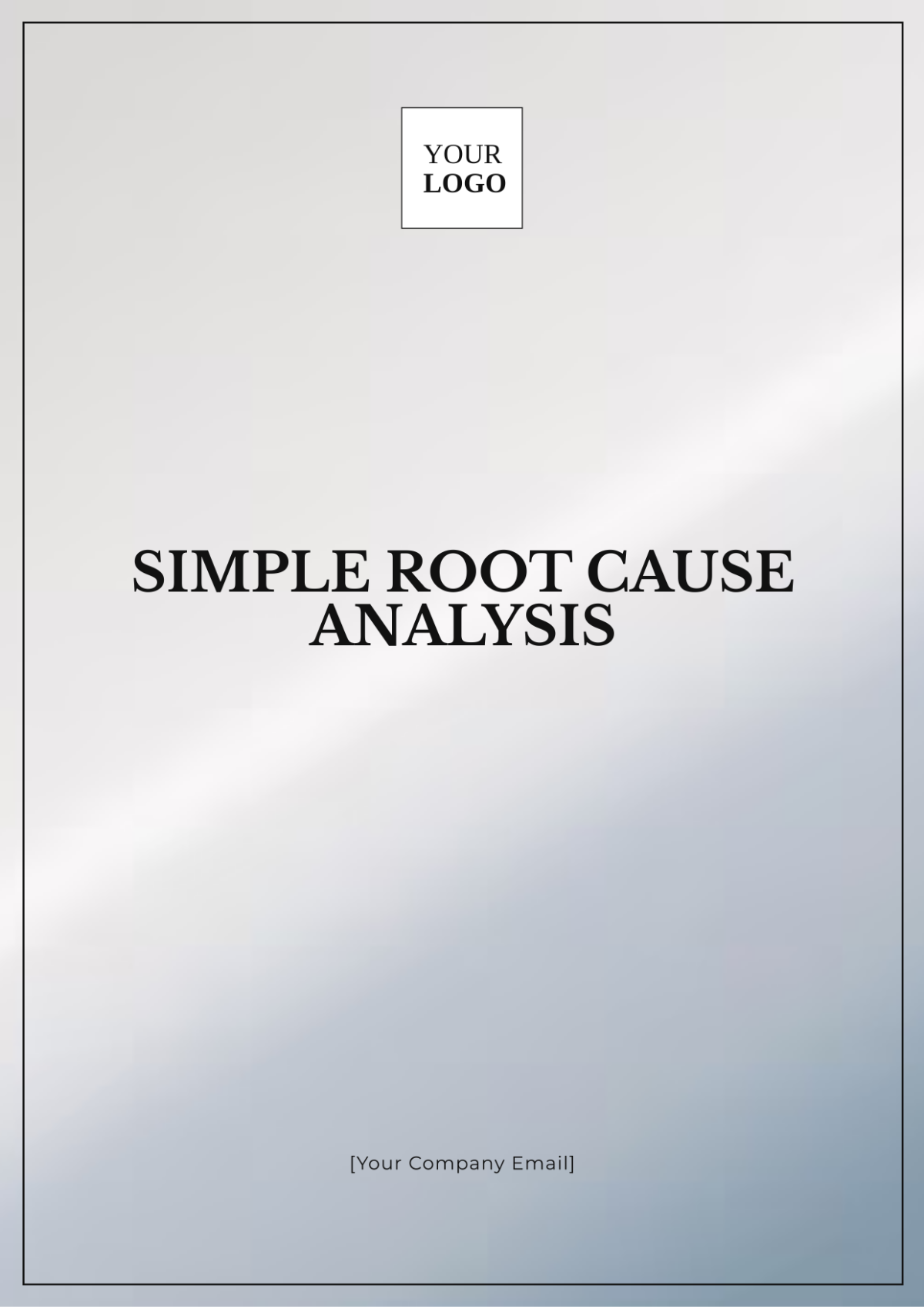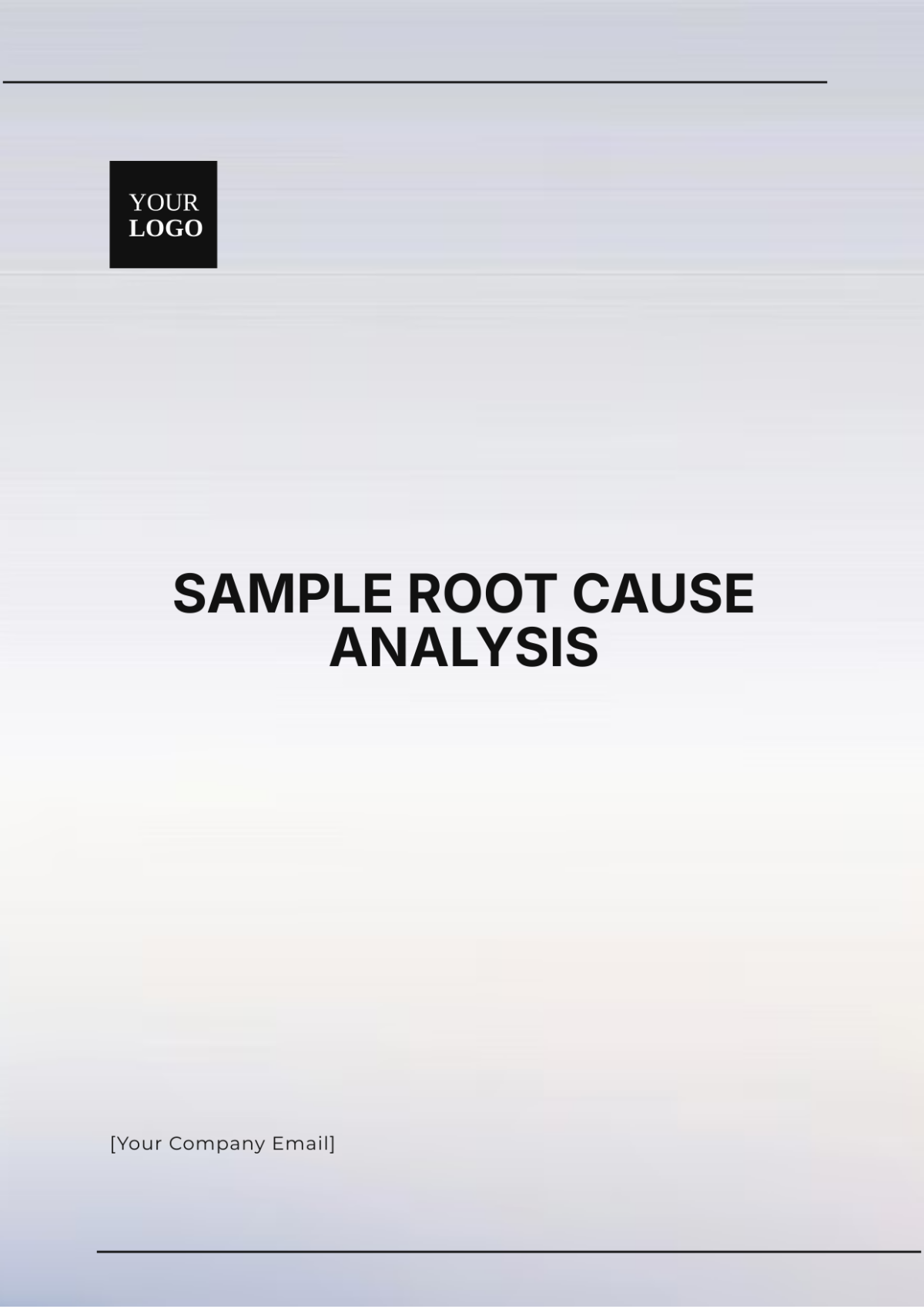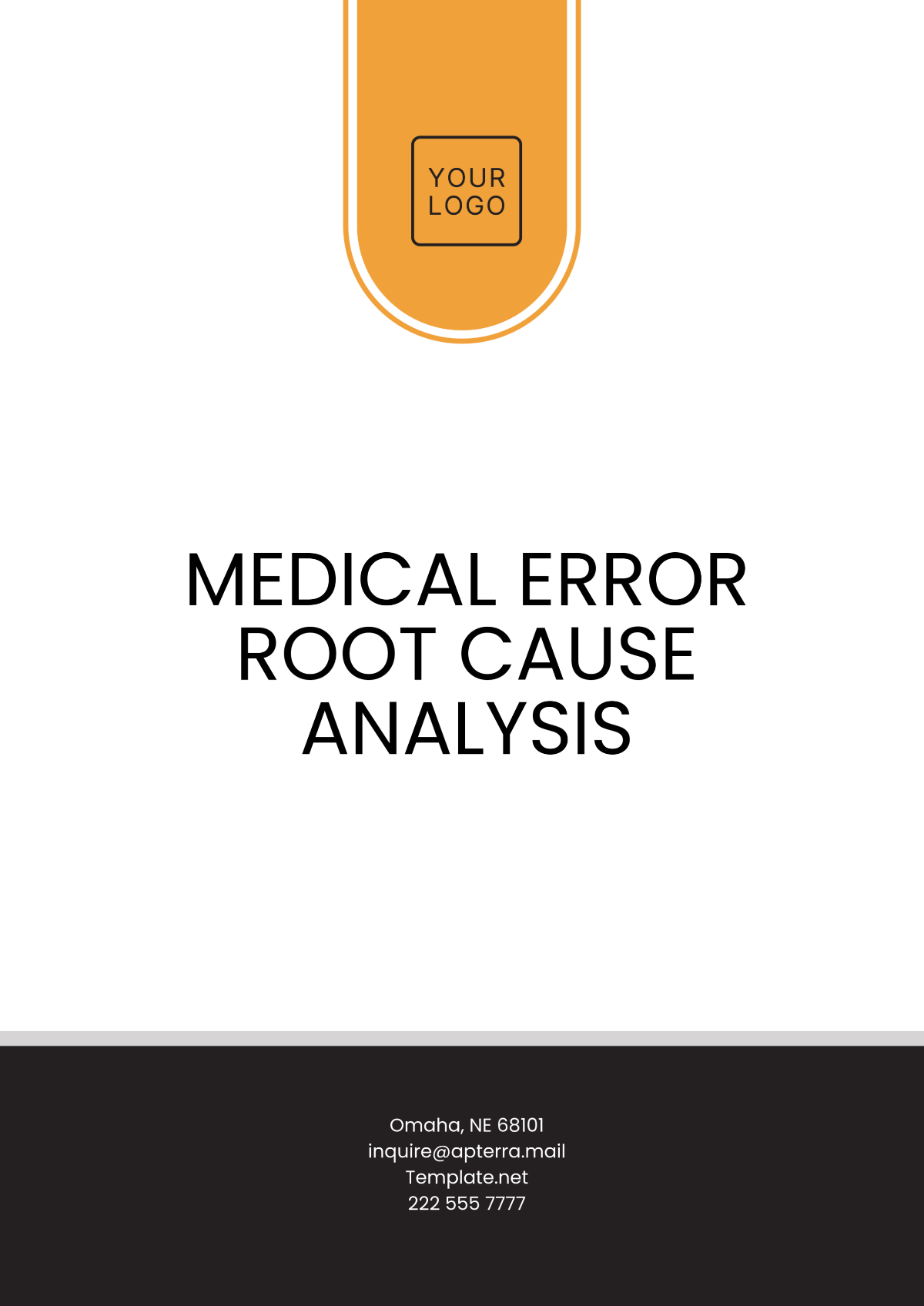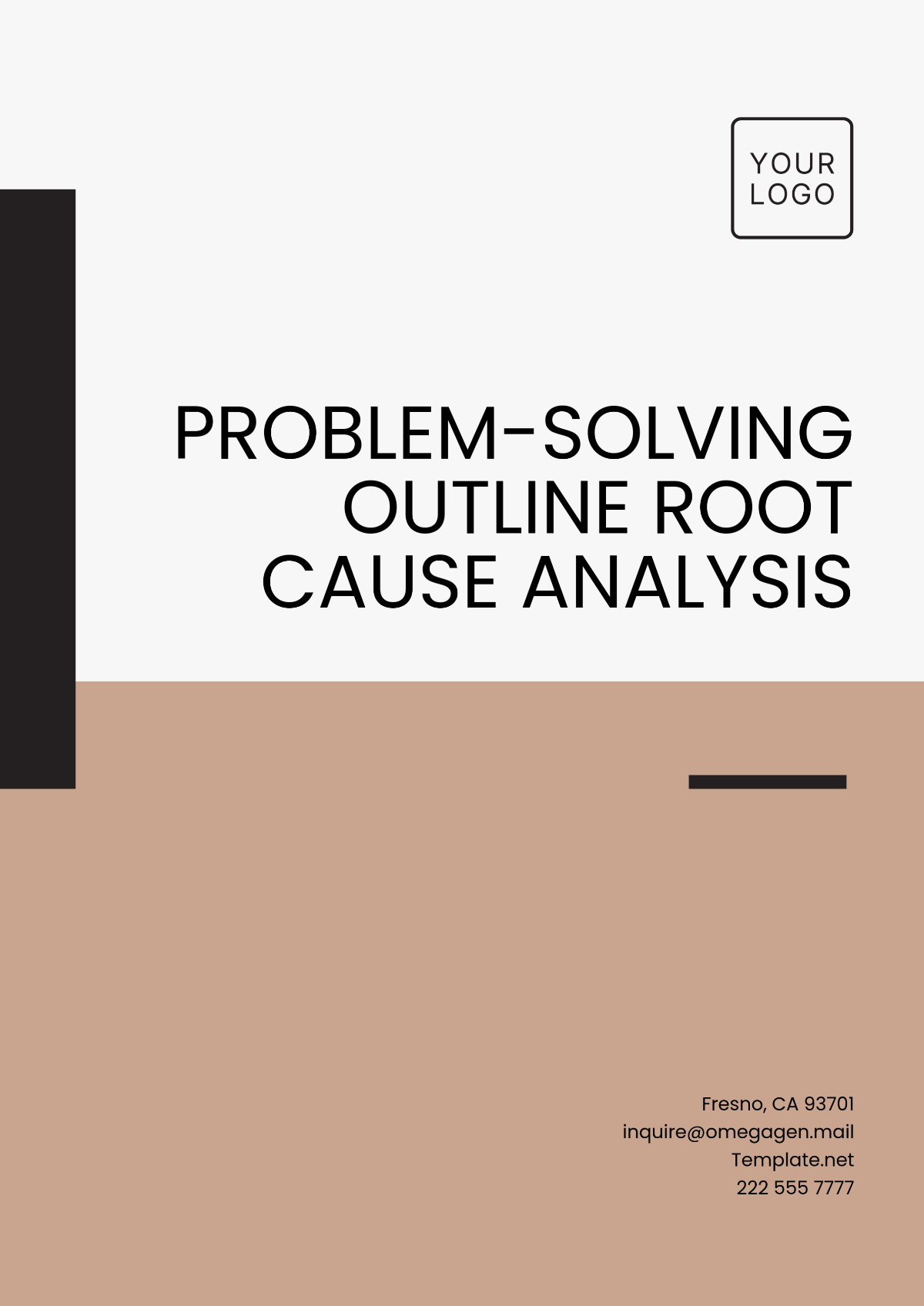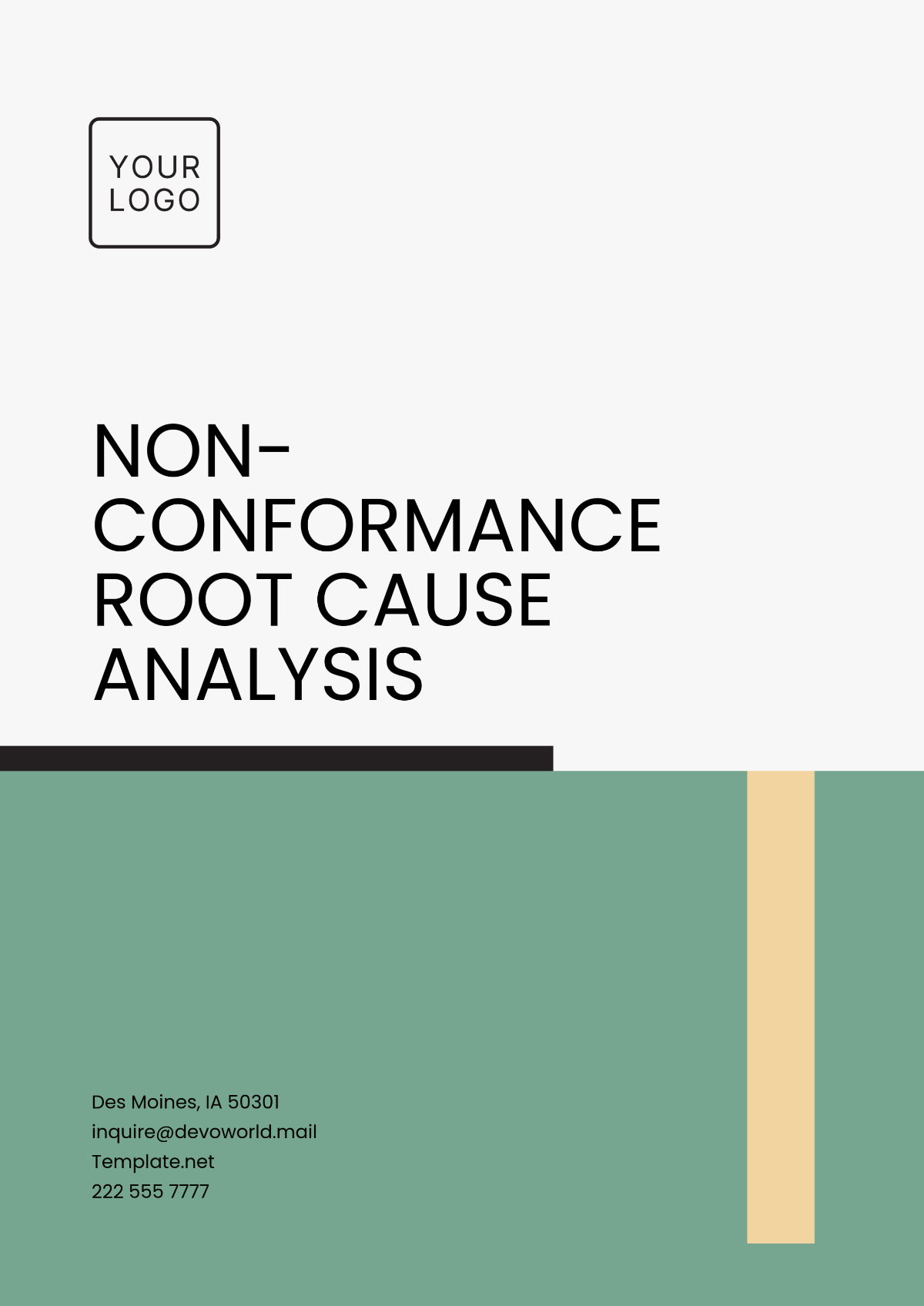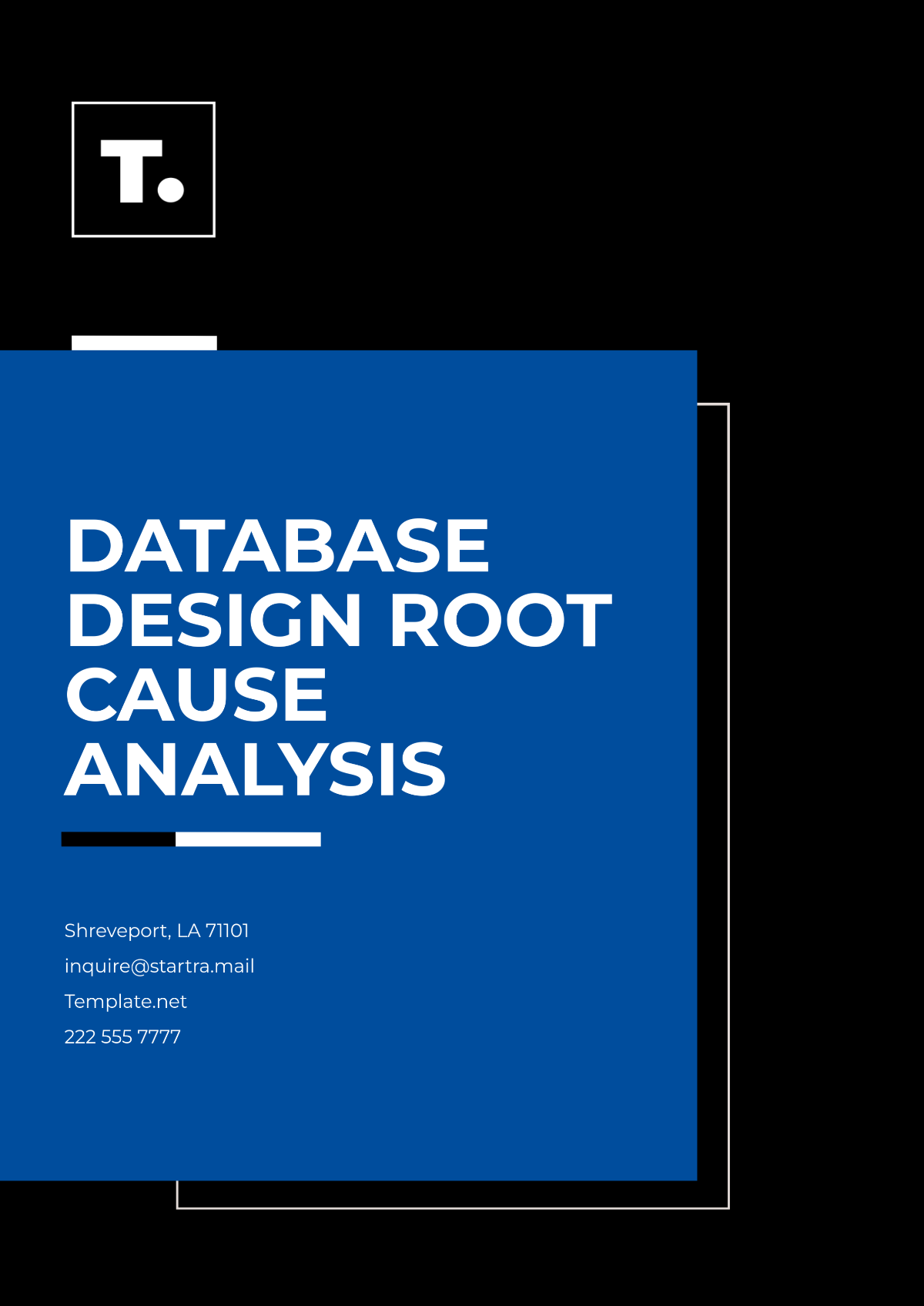Law Firm Root Cause Analysis
I. Executive Summary
In March 2050, our firm experienced a significant breach of client data, which exposed sensitive information belonging to 150 clients over a period of three days. The breach was traced back to a phishing attack that resulted in unauthorized access to our email system. This incident highlighted vulnerabilities in our cybersecurity measures and the need for improved employee training on security protocols.
Key Findings
Inadequate employee training on cybersecurity awareness.
Lack of multi-factor authentication for access to sensitive systems and data.
Delayed response in detecting and addressing the breach.
Recommended Actions
Implement comprehensive cybersecurity training for all employees.
Introduce multi-factor authentication for all internal systems, especially those handling sensitive client data.
Upgrade our incident response protocol to ensure quicker detection and mitigation of security breaches.
II. Introduction
The purpose of this Root Cause Analysis (RCA) is to thoroughly investigate the cybersecurity breach that occurred within our firm, identify the fundamental reasons behind the incident, and prevent future occurrences. This RCA covers all aspects related to the breach, including the sequence of events, the response, and the impact on our operations and clients. The scope extends to evaluating our security protocols, employee training programs, and system access controls.
III. Incident Description
In early March 2050, our IT department detected unusual activity in our email system, which was later identified as unauthorized access. This access was gained through a phishing attack where several employees inadvertently provided their login credentials. The breach was active from March 5 to March 7, during which confidential client documents and personal data were exposed.
The impact of the breach was significant; it not only compromised the confidentiality and integrity of our client data but also resulted in the temporary shutdown of our email system, which disrupted normal operations and delayed client communications. The breach eroded the trust of our clients, with several expressing concerns over our ability to secure their information. This incident has underscored the critical need for stringent security measures and robust training programs within our firm.
IV. Methodology
To conduct this Root Cause Analysis, we utilized a combination of interviews, document reviews, and digital forensic analysis. We interviewed the IT staff and the employees who interacted with the phishing emails to understand their awareness and response actions. Document reviews included checking email logs, access records, and security policies currently in place. For digital forensic analysis, we engaged an external cybersecurity firm to trace the source of the breach and assess the extent of the data compromised. The primary analytical tools used were the Fishbone Diagram to identify potential causative factors and the 5 Whys technique to drill down to the root causes of the incident.
V. Timeline of Events
The timeline below details the sequence of events as they unfolded from the initial phishing attack to the final resolution of the data breach.
Date | Event |
|---|---|
Phishing emails sent to multiple employees. | |
First unauthorized access detected in the email system. | |
Additional unauthorized accesses recorded; data extraction suspected. | |
IT department identifies the breach and disables affected accounts. | |
External cybersecurity firm engaged to begin forensic analysis. | |
All staff briefed on the incident; temporary email system shutdown. | |
Normal operations resumed with enhanced security measures. |
VI. Analysis
The investigation into the phishing attack and subsequent data breach revealed several contributing factors:
Lack of Employee Awareness: Many employees were unable to identify the phishing email as malicious, which indicates a significant gap in our cybersecurity training. Effective training could have prevented the credentials from being compromised.
Insufficient Email Security Measures: Our email system lacked advanced phishing protection and monitoring tools that could have either prevented the malicious emails from reaching inboxes or alerted us to suspicious activity more swiftly.
Delayed Incident Response: The delay in detecting the unauthorized access allowed the attackers ample time to extract sensitive data. This was partly due to the absence of a robust incident response strategy and monitoring systems capable of detecting and alerting on unusual activities.
Weak Authentication Protocols: The lack of multi-factor authentication (MFA) for accessing the email system made it easier for the attackers to gain access using only the stolen credentials.
VII. Root Cause Identification
The primary root cause identified for the cybersecurity breach is the lack of comprehensive cybersecurity training and awareness among employees. Despite having basic security protocols in place, the effectiveness of these measures was undermined by employees' inability to recognize phishing attempts. This deficiency allowed the phishing attack to succeed, as employees inadvertently provided their credentials to unauthorized parties. The incident highlighted a critical vulnerability in human factors within our cybersecurity framework.
Further, the absence of multi-factor authentication (MFA) significantly facilitated unauthorized access once the attackers had obtained employee credentials. The combination of poor employee training on cybersecurity threats and the lack of robust authentication mechanisms created an environment where such a breach was not only possible but also more likely to have a prolonged and impactful effect.
VIII. Recommendations
To address the deficiencies identified in the Root Cause Analysis and strengthen our firm’s resilience against future cyber threats, we recommend the following actions:
Enhance Cybersecurity Training: Implement a comprehensive training program on cybersecurity awareness for all employees, with mandatory refreshers bi-annually.
Install Multi-factor Authentication (MFA): Require MFA for all internal systems, especially those involving sensitive or personal client data.
Improve Incident Response Protocols: Develop and implement a robust incident response plan that includes immediate notification and swift action to mitigate unauthorized access.
Upgrade Email Security Systems: Invest in advanced email security solutions that include phishing prevention, monitoring, and alert systems to detect suspicious activities promptly.
IX. Implementation Plan
The following table outlines the steps, timelines, and responsibilities for implementing the recommended actions to prevent future incidents:
Step | Timeline | Responsibility |
|---|---|---|
Develop cybersecurity training program | HR Department | |
Roll out MFA across all systems | IT Security Team | |
Create a new incident response strategy | Security Operations Team | |
Install upgraded email security systems | IT Department | |
Conduct initial cybersecurity training | HR Department | |
Review and adjust the incident response | Security Operations Team |

